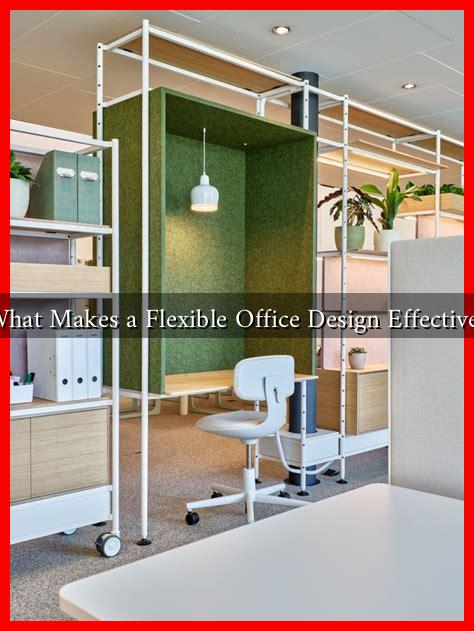-
Table of Contents
What Makes a Flexible Office Design Effective?
In today’s fast-paced business environment, the traditional office layout is rapidly evolving. Flexible office design has emerged as a key strategy for enhancing productivity, collaboration, and employee satisfaction. But what exactly makes a flexible office design effective? This article explores the essential elements that contribute to a successful flexible office environment, supported by research, case studies, and practical examples.
The Importance of Flexibility in Office Design
Flexible office design refers to the ability to adapt workspaces to meet the changing needs of employees and organizations. This adaptability is crucial for several reasons:
- Dynamic Work Styles: Employees today often work in various styles, from collaborative teamwork to focused individual tasks. A flexible design accommodates these diverse needs.
- Cost Efficiency: Companies can optimize their space usage, reducing overhead costs associated with unused or underutilized areas.
- Employee Well-being: A well-designed flexible office can enhance employee satisfaction and well-being, leading to lower turnover rates.
Key Elements of Effective Flexible Office Design
To create an effective flexible office design, several key elements must be considered:
1. Modular Furniture
Modular furniture allows for easy reconfiguration of workspaces. This adaptability enables teams to create environments that suit their specific needs at any given time. For instance, companies like Haworth offer modular systems that can be rearranged to foster collaboration or privacy as required.
2. Collaborative Spaces
Incorporating collaborative spaces is essential for fostering teamwork and innovation. These areas can include:
- Open lounges for informal meetings
- Breakout rooms equipped with technology for brainstorming sessions
- Shared workstations that encourage interaction among employees
For example, the tech giant Google is renowned for its collaborative spaces that promote creativity and teamwork, contributing to its innovative culture.
3. Technology Integration
Effective flexible office designs leverage technology to enhance communication and collaboration. This includes:
- High-speed internet access
- Video conferencing tools
- Smart office systems that allow employees to book spaces and resources easily
According to a study by Gartner, 75% of employees prefer flexible work options, highlighting the need for technology that supports remote and hybrid work models.
4. Biophilic Design
Integrating nature into office design, known as biophilic design, has been shown to improve employee well-being and productivity. This can be achieved through:
- Natural lighting
- Indoor plants
- Natural materials and colors
A case study by the Harvard Business Review found that employees in biophilic environments reported a 15% increase in well-being and a 6% increase in productivity.
Challenges in Implementing Flexible Office Design
While the benefits of flexible office design are clear, organizations may face challenges in implementation, such as:
- Resistance to change from employees accustomed to traditional layouts
- Budget constraints that limit the ability to invest in new furniture and technology
- Difficulty in balancing open spaces with the need for privacy
Addressing these challenges requires effective change management strategies, including employee involvement in the design process and clear communication about the benefits of flexibility.
Conclusion
In conclusion, an effective flexible office design is characterized by modular furniture, collaborative spaces, technology integration, and biophilic elements. These components not only enhance productivity and employee satisfaction but also foster a culture of innovation and adaptability. As organizations continue to navigate the complexities of modern work, investing in flexible office design will be crucial for attracting and retaining top talent. By embracing flexibility, companies can create work environments that are not only functional but also inspiring.

